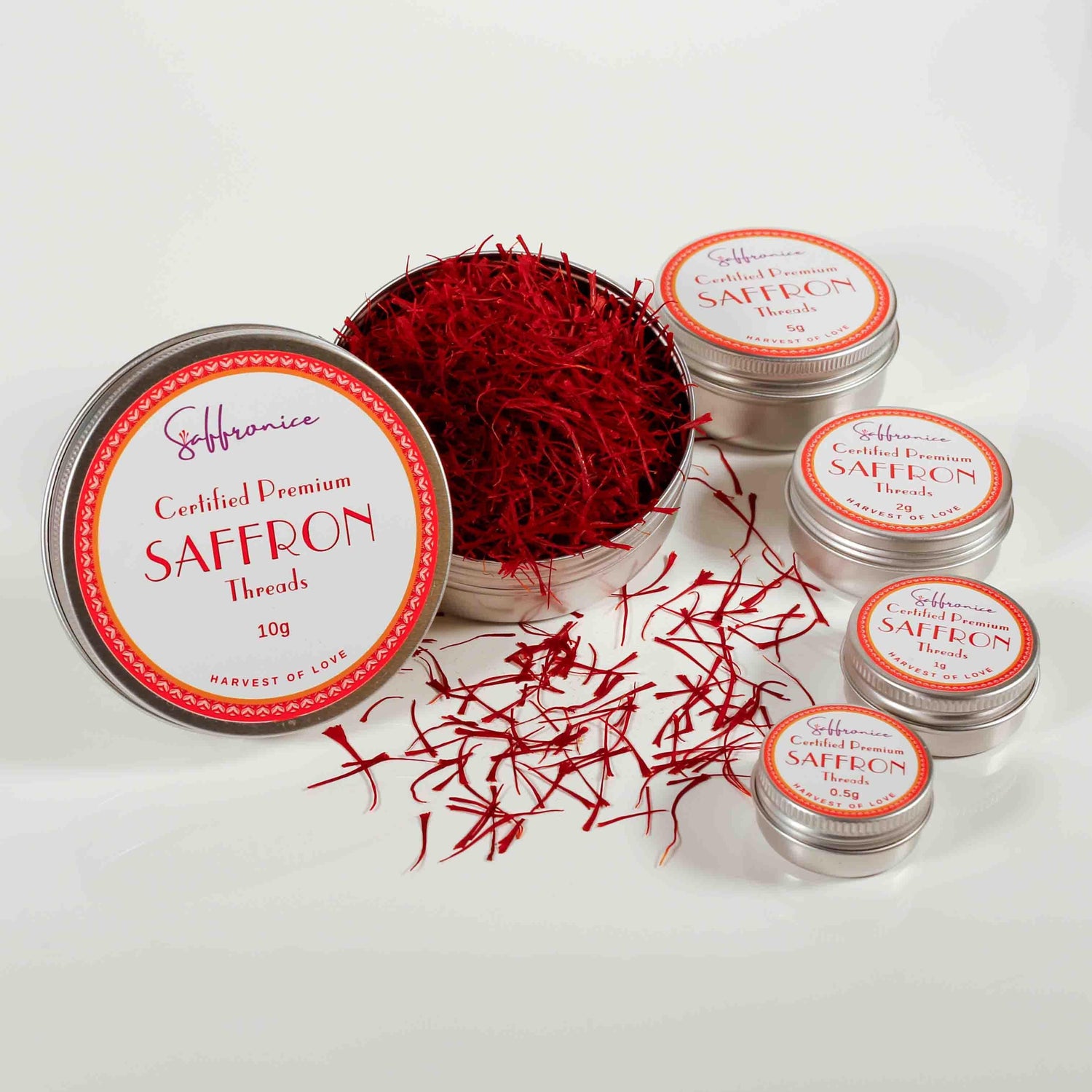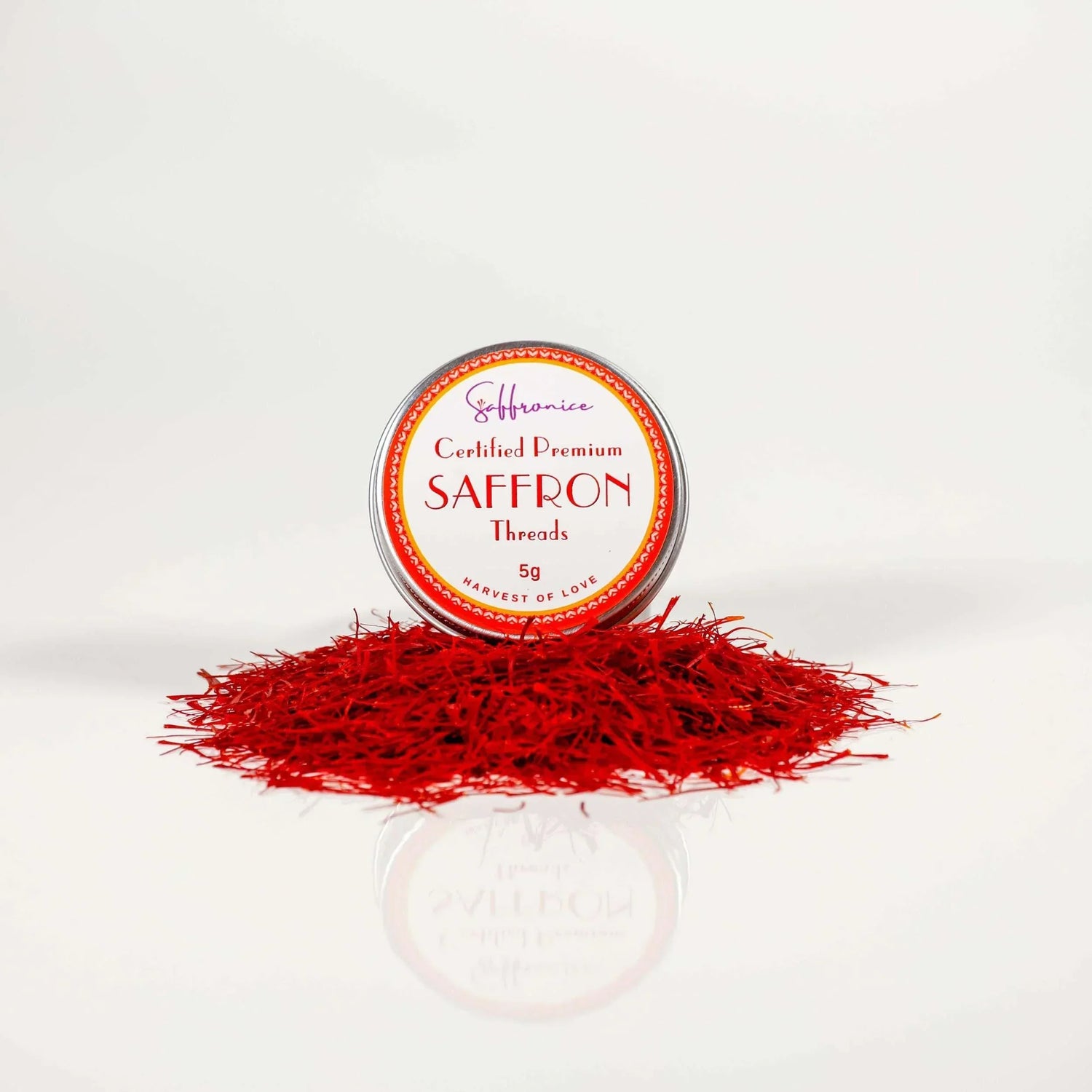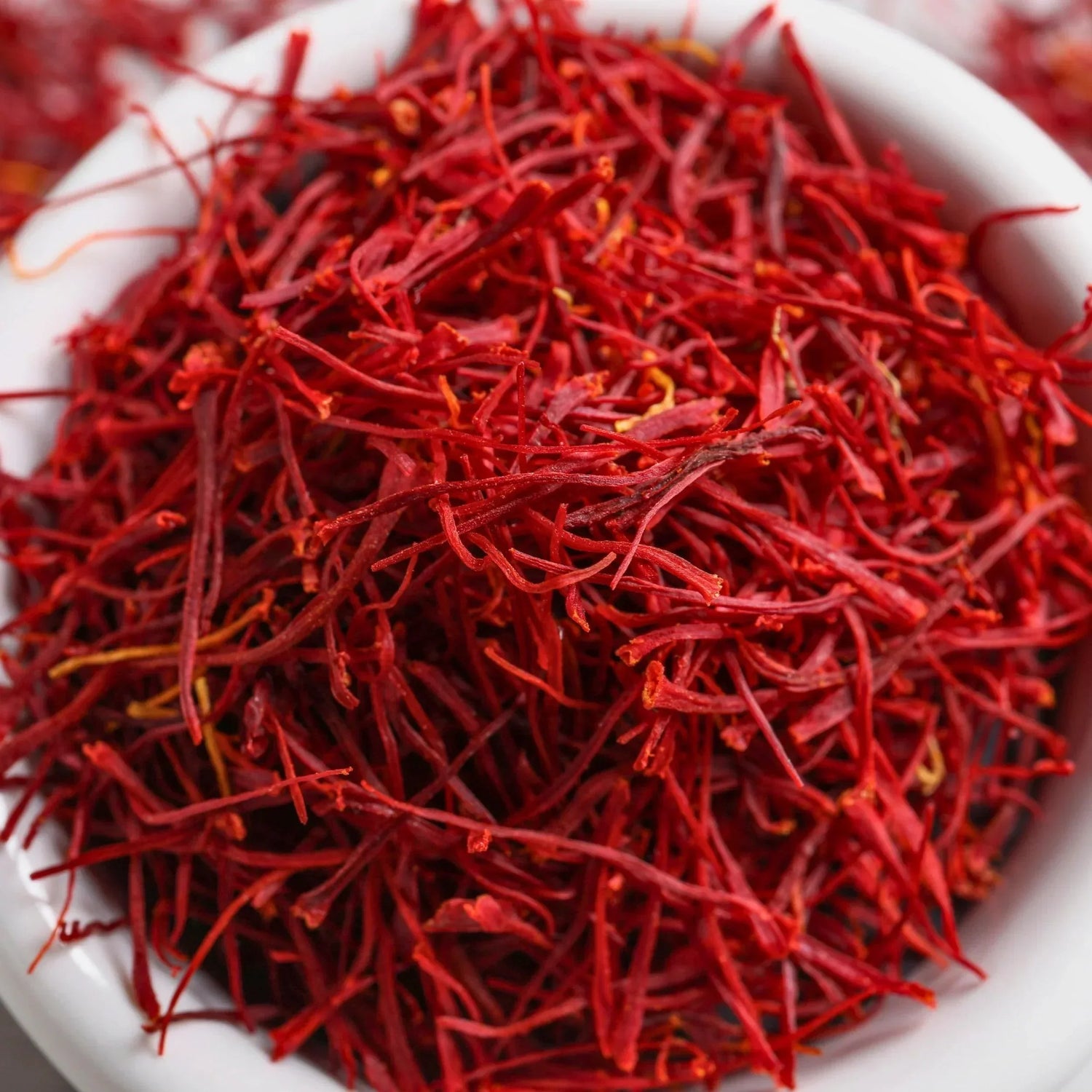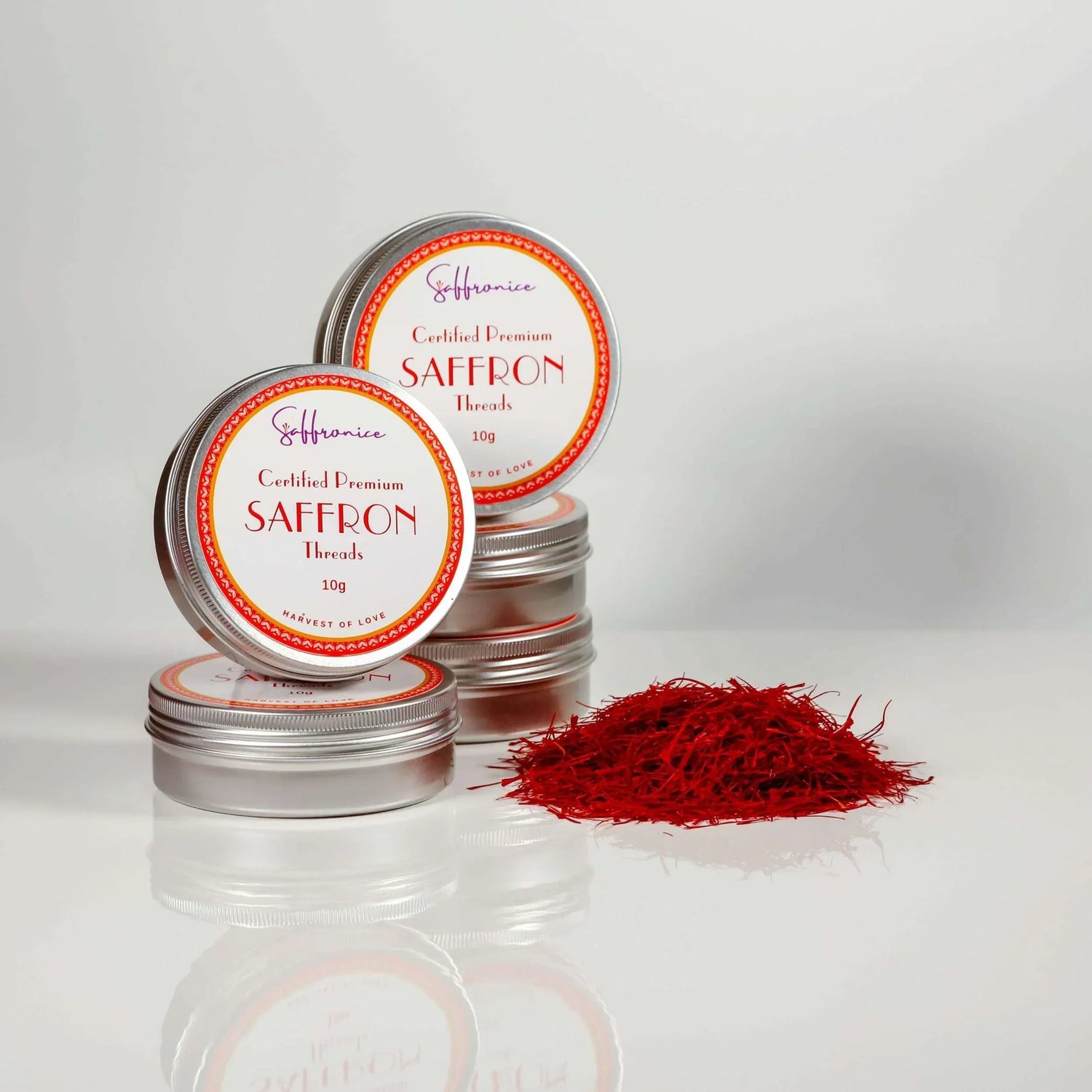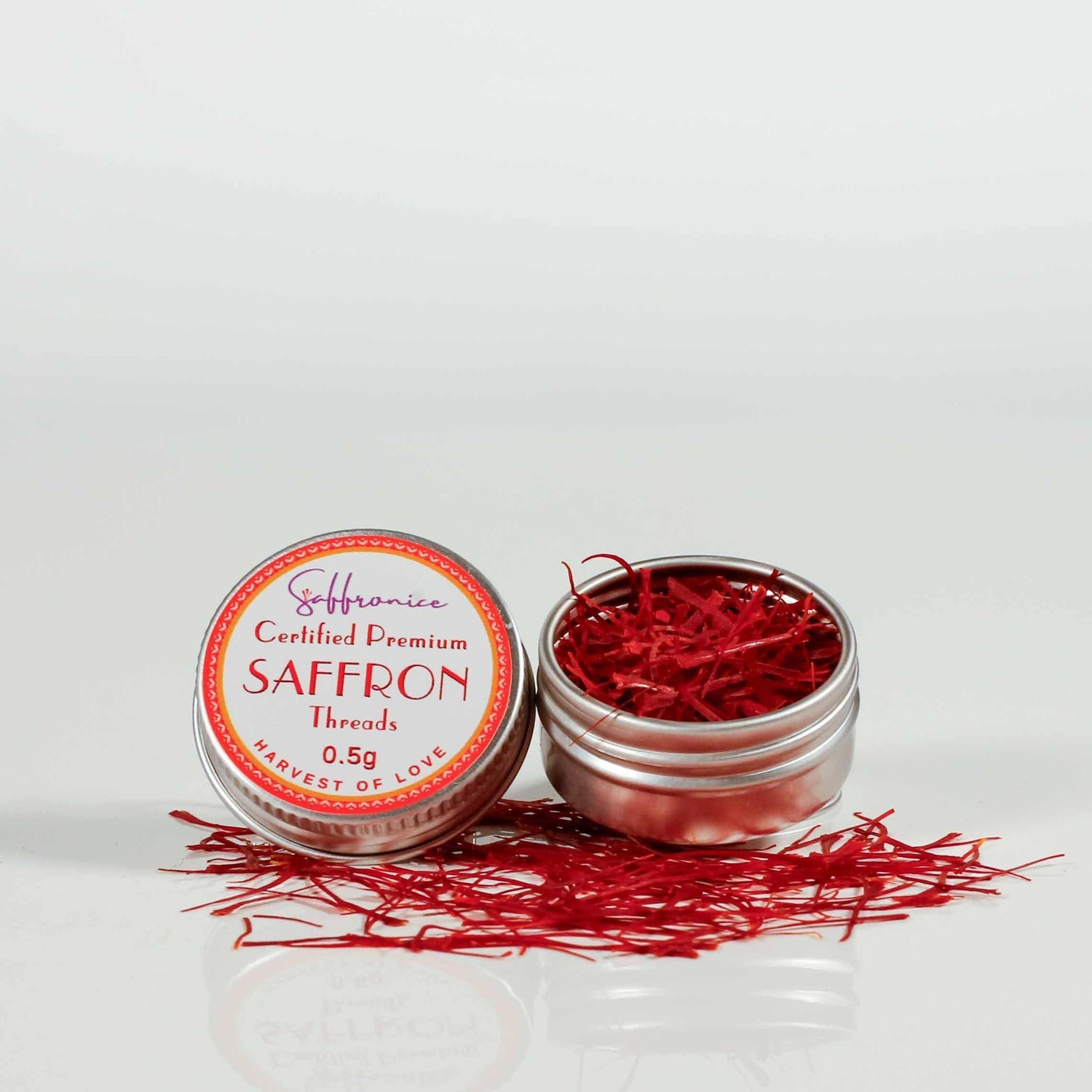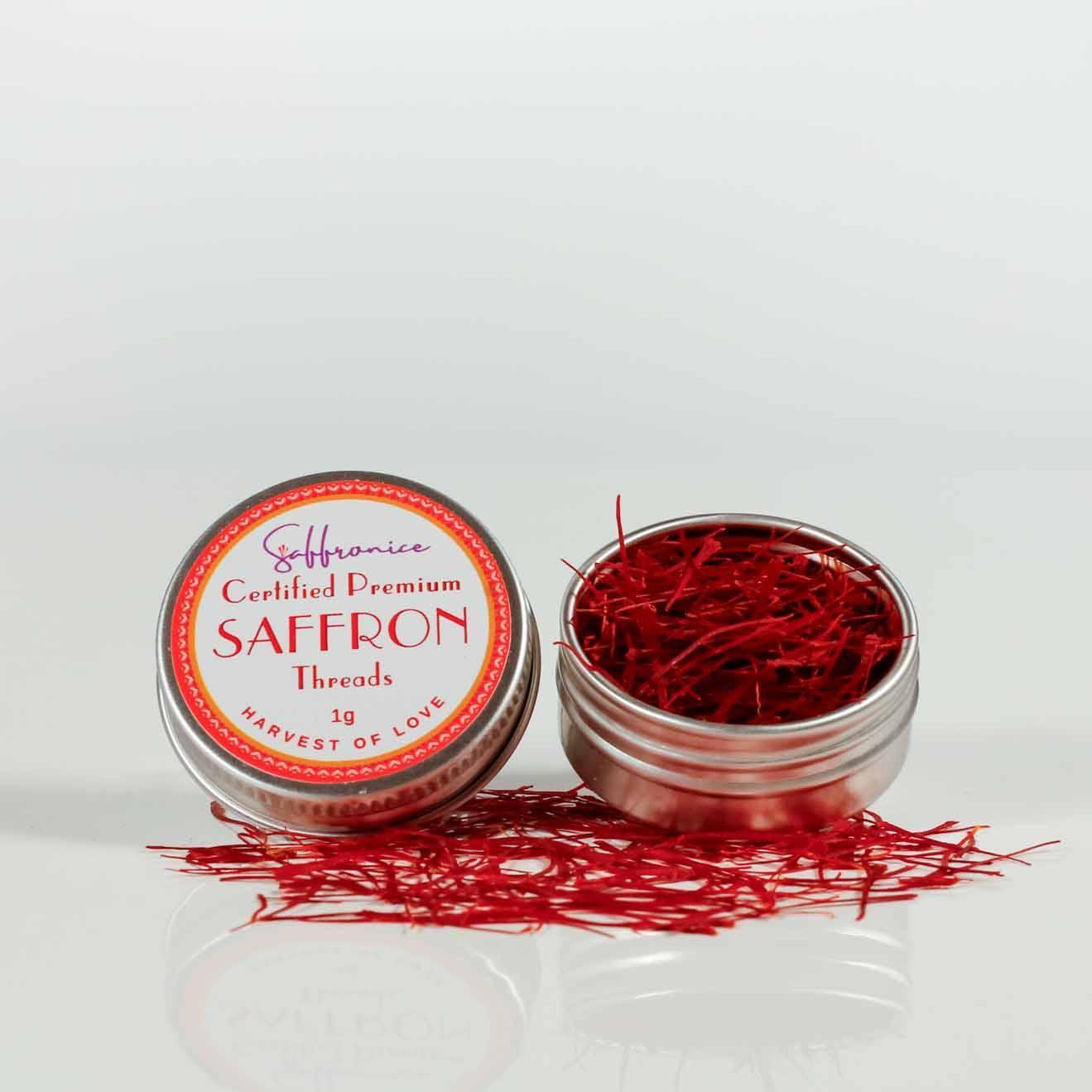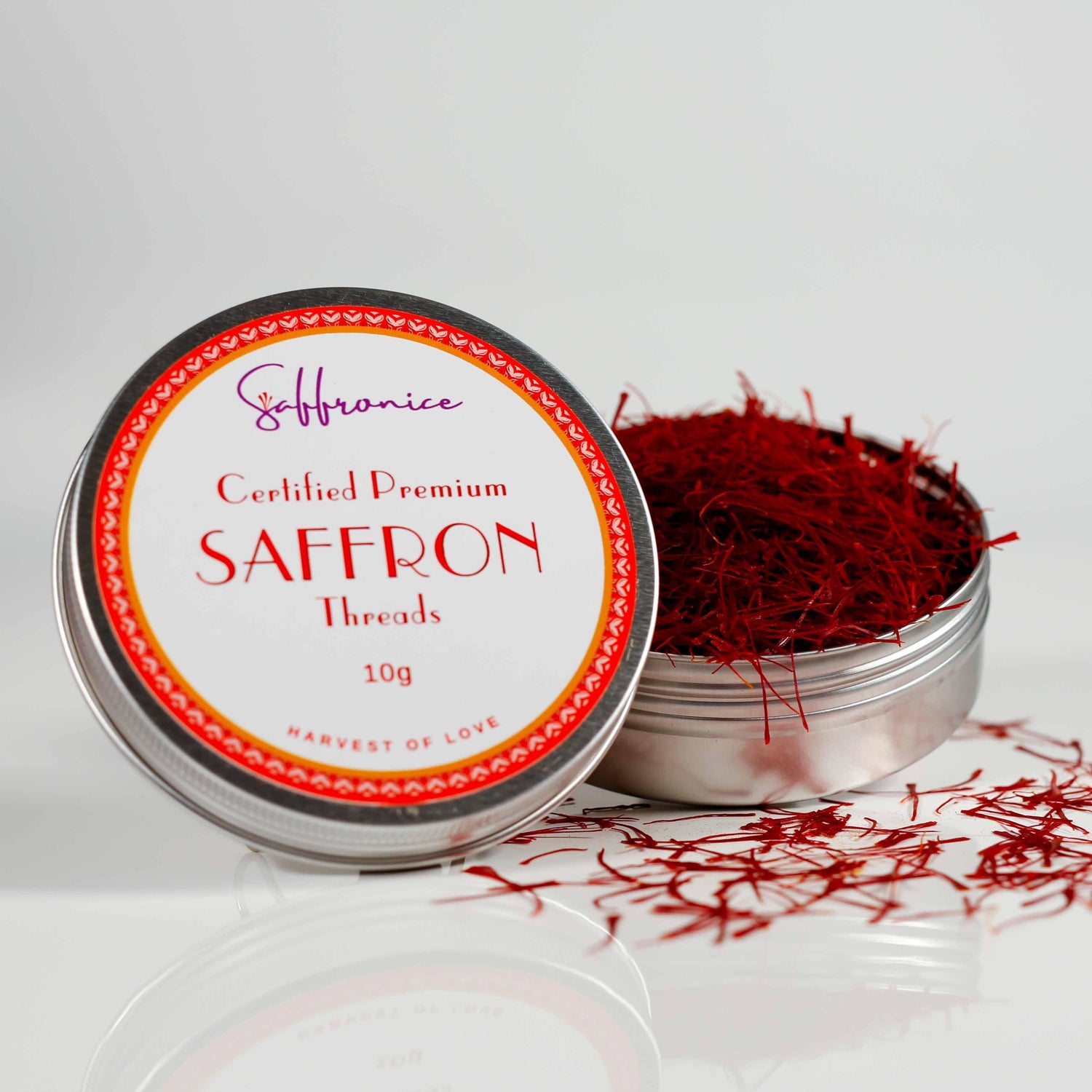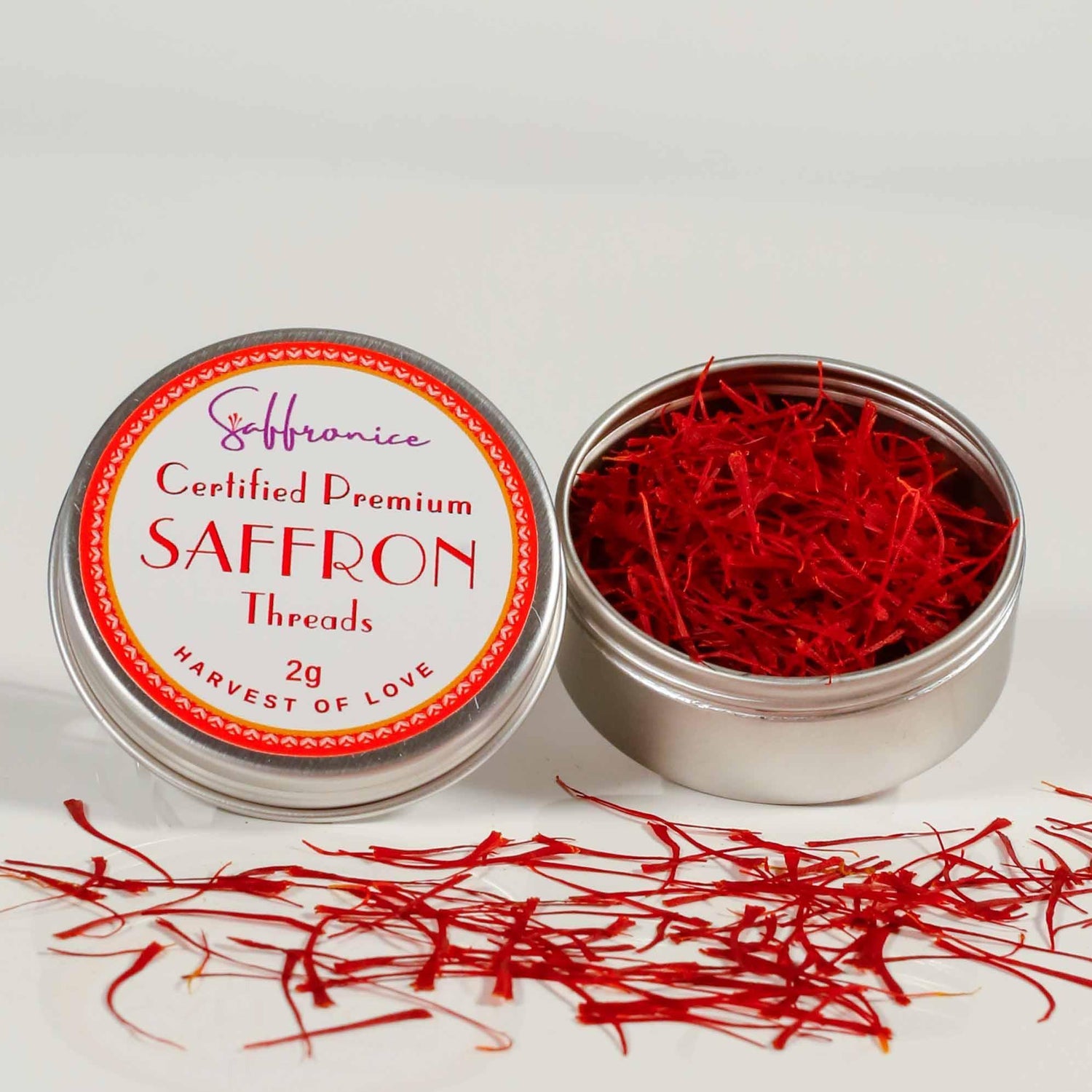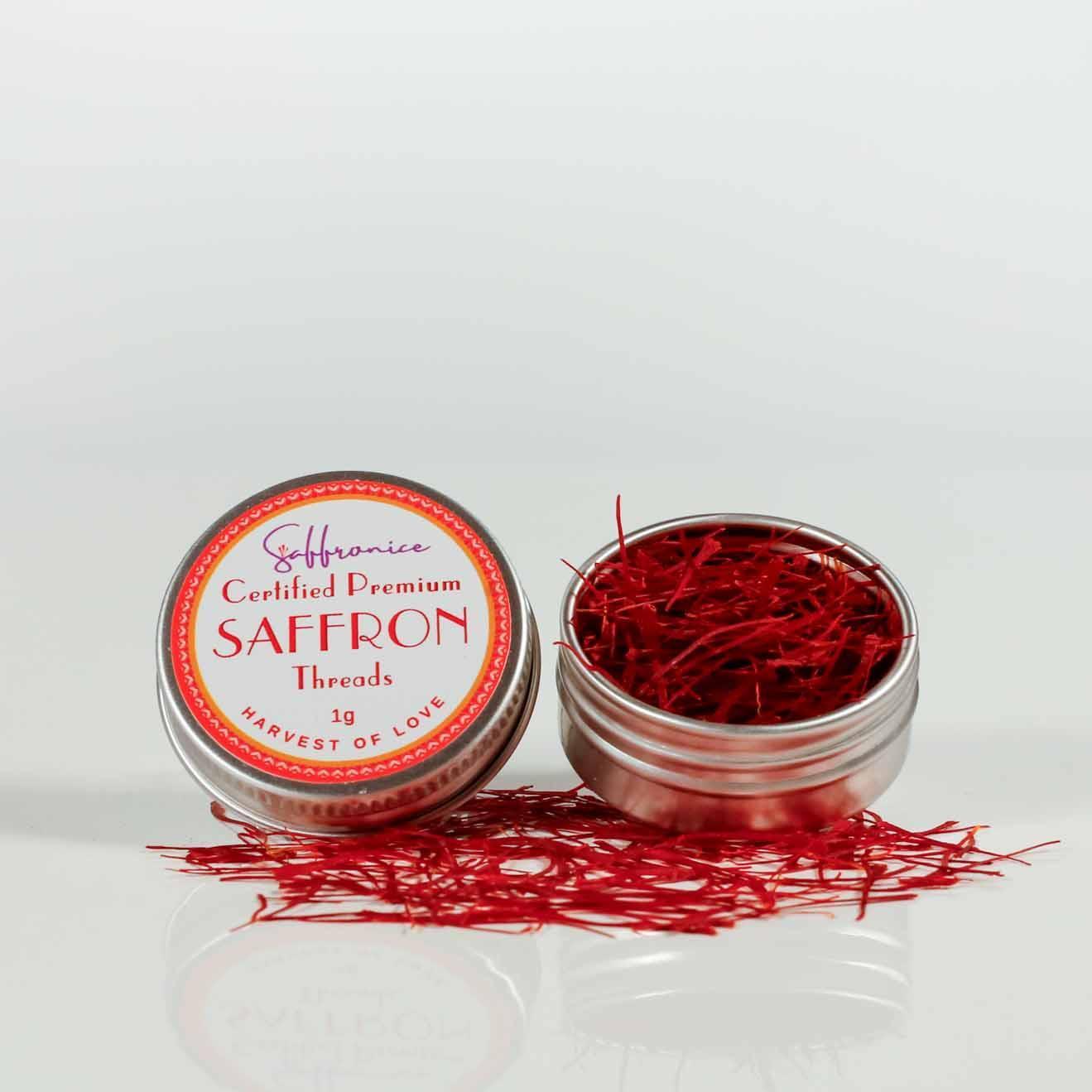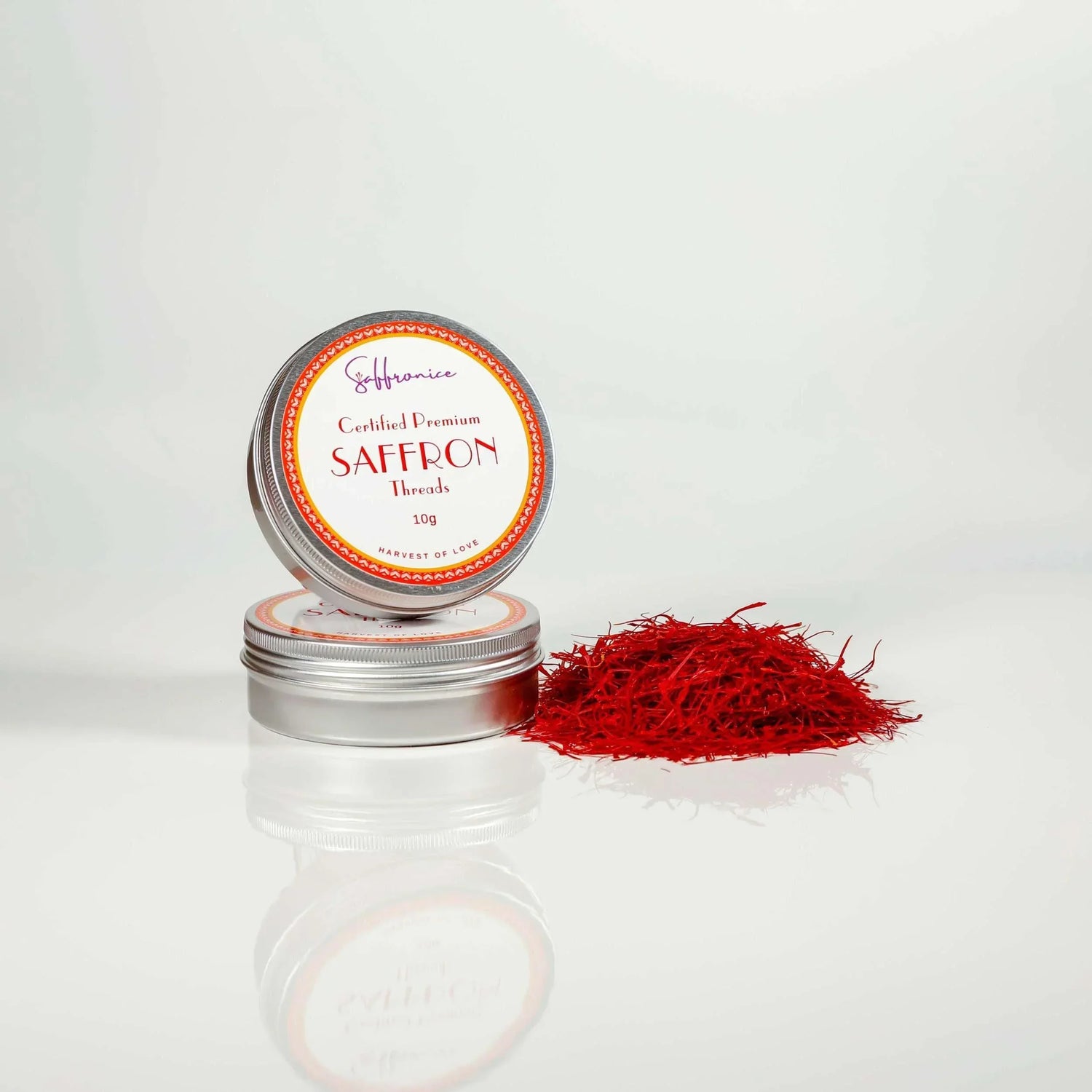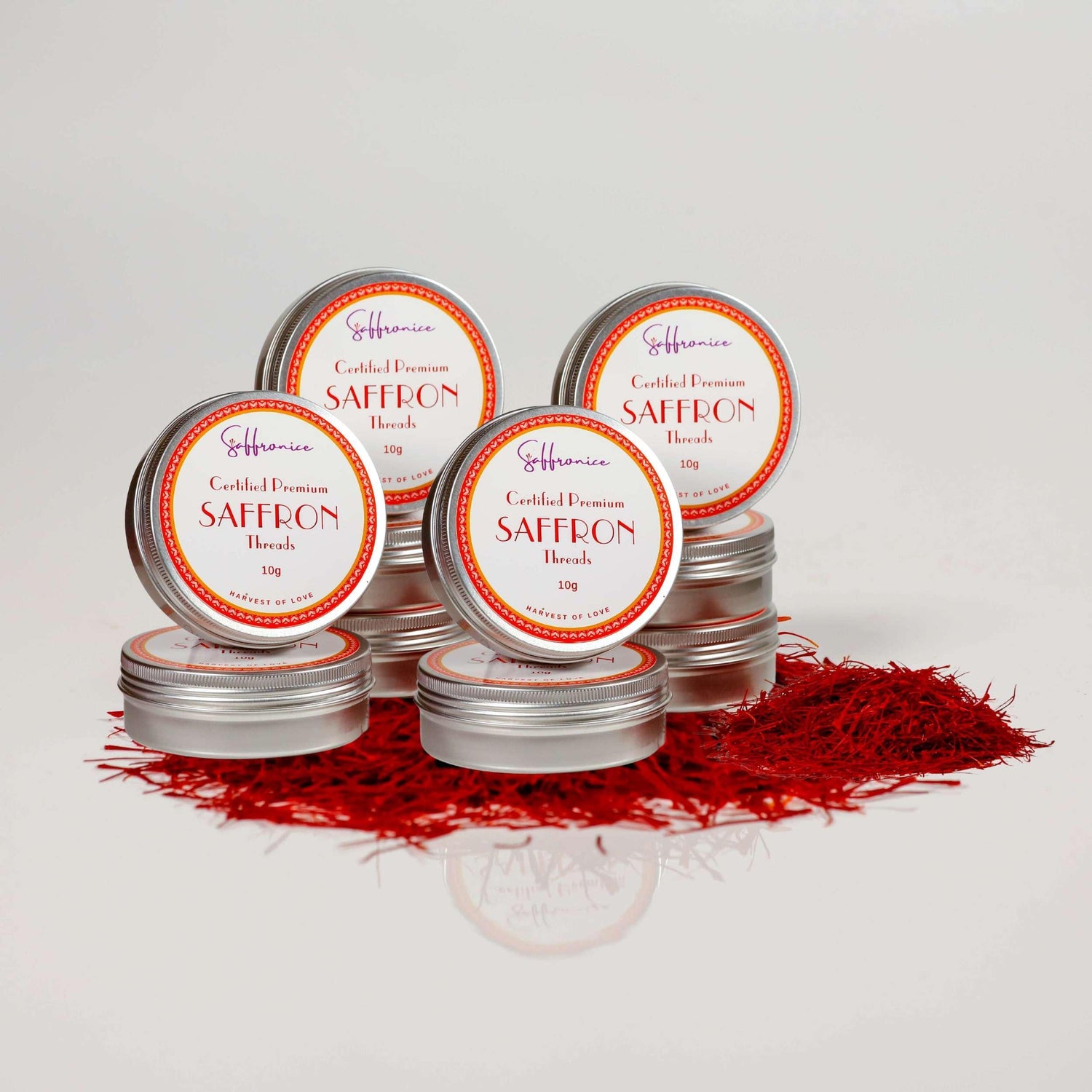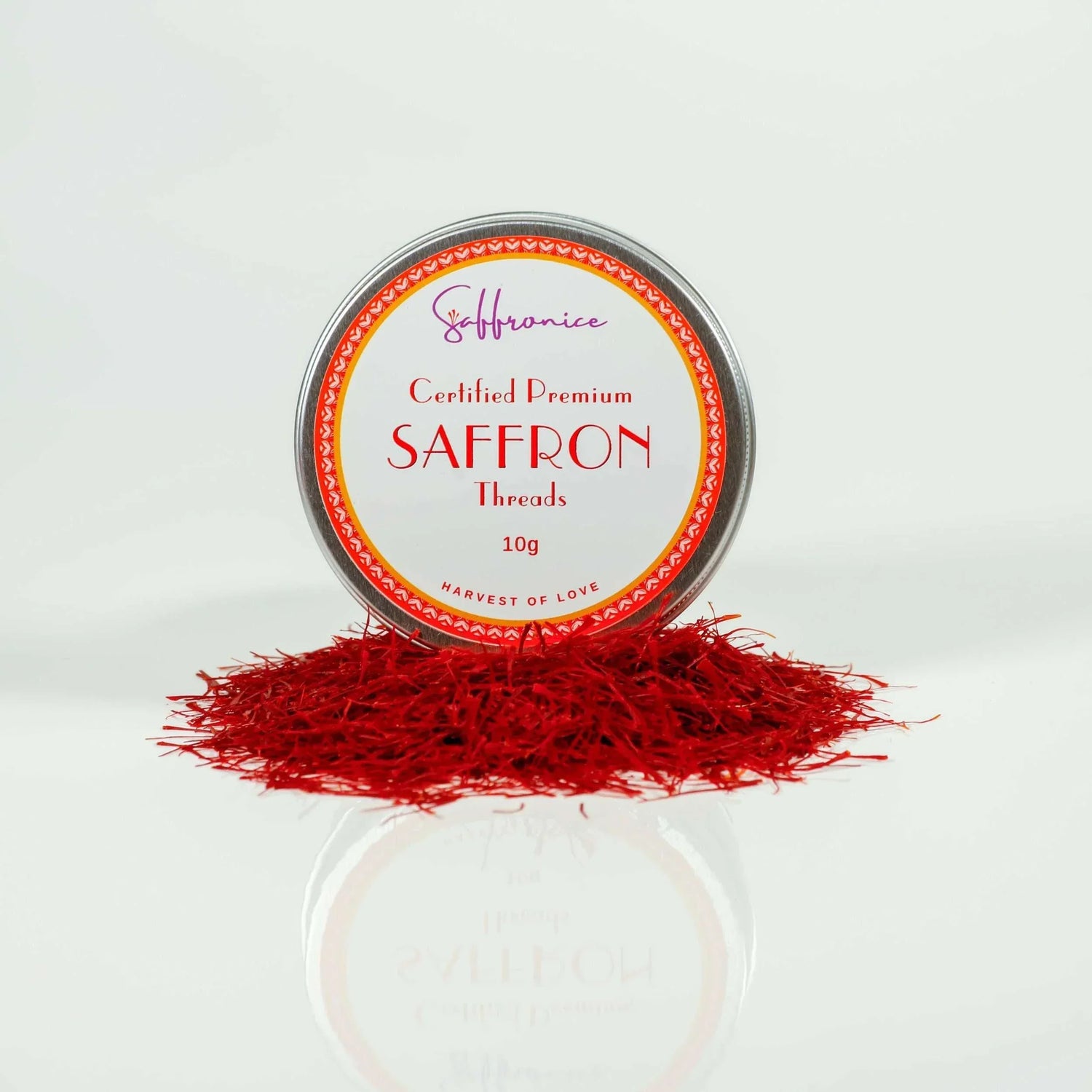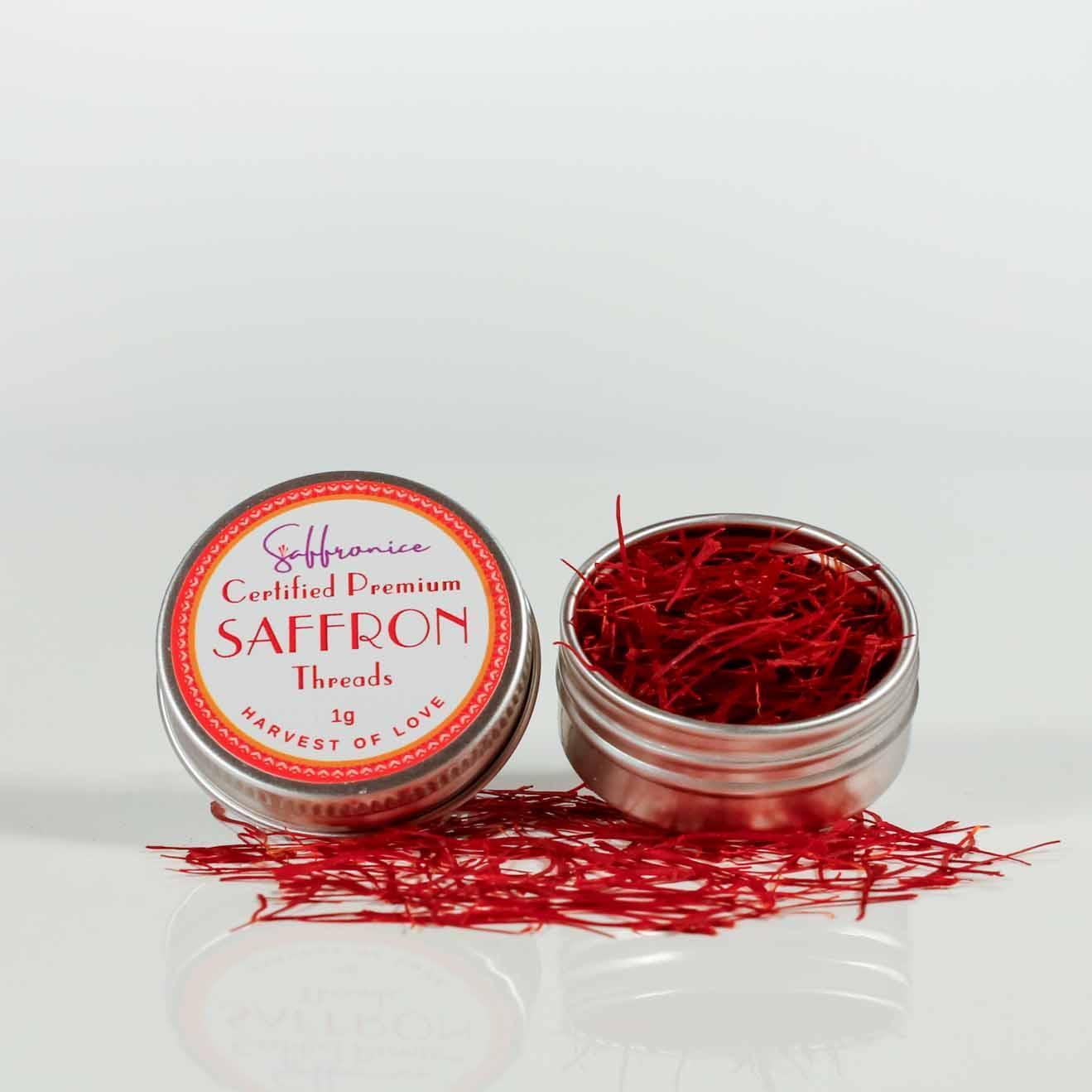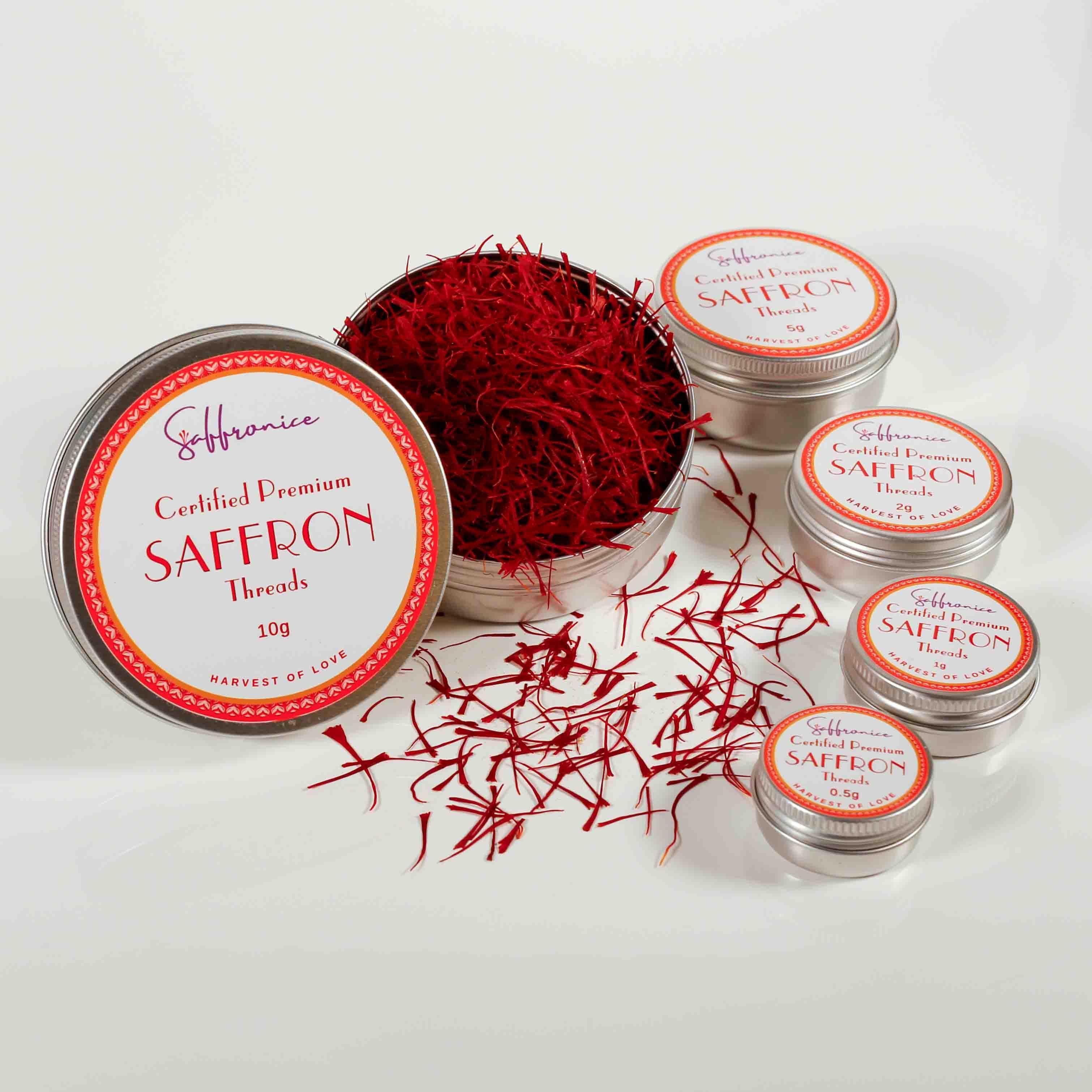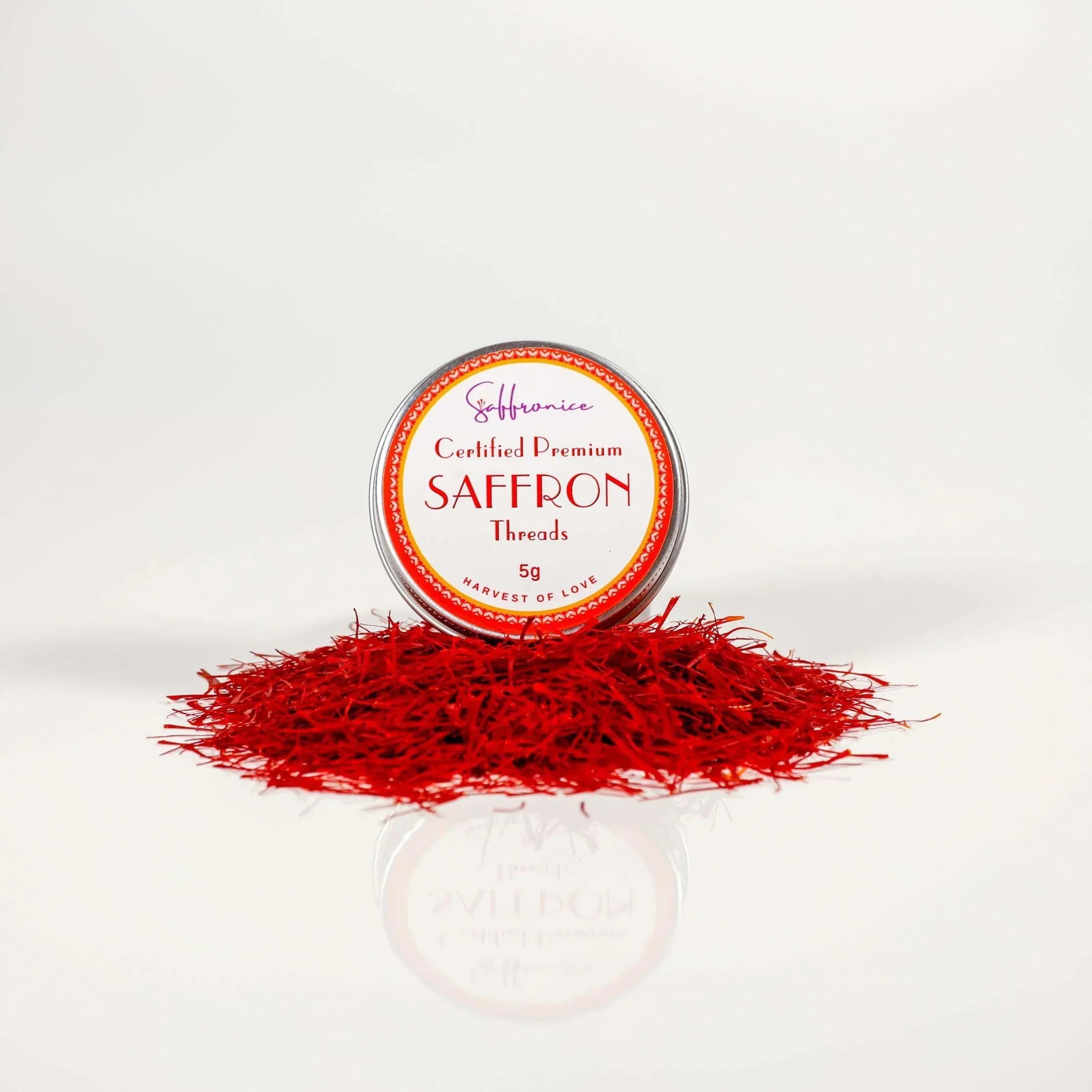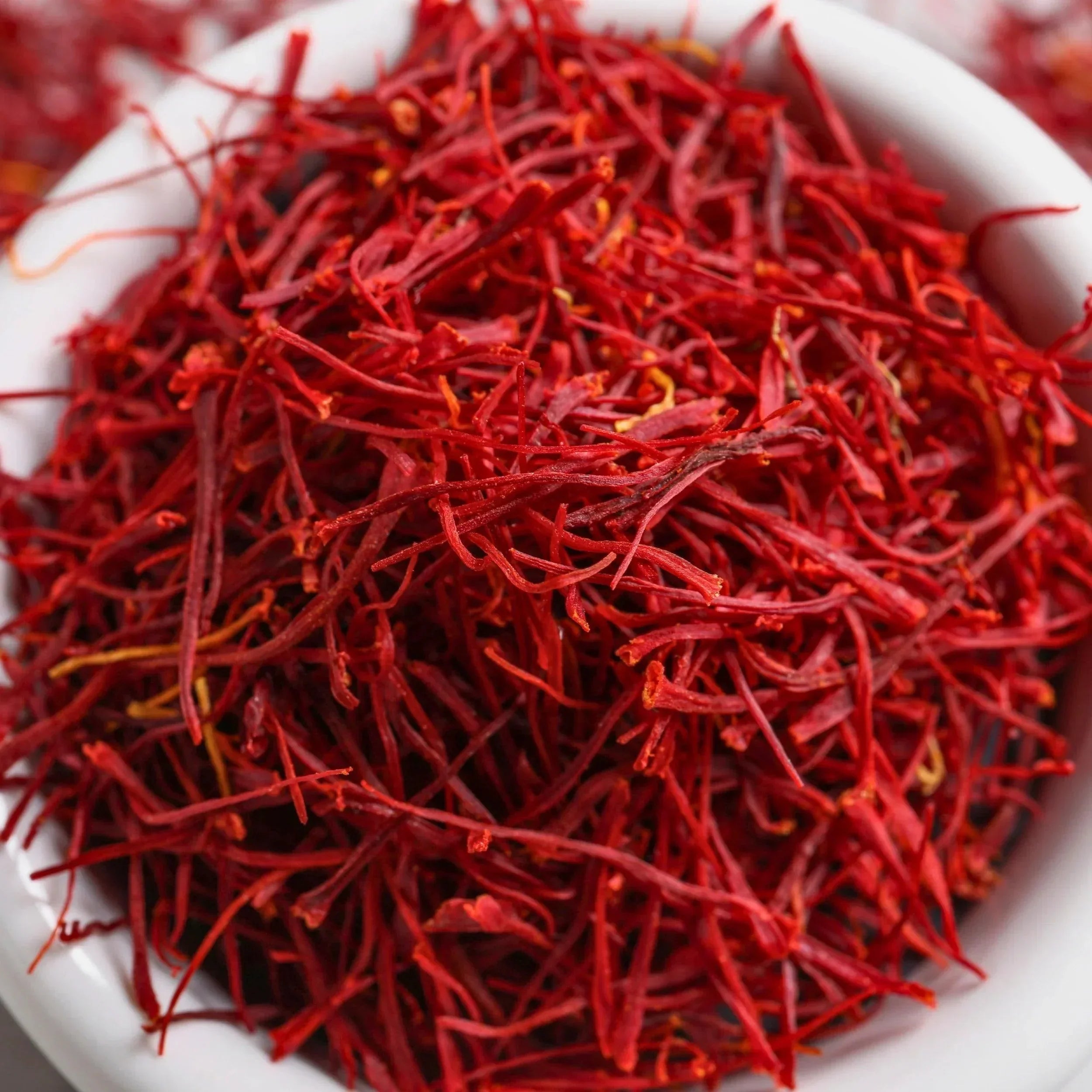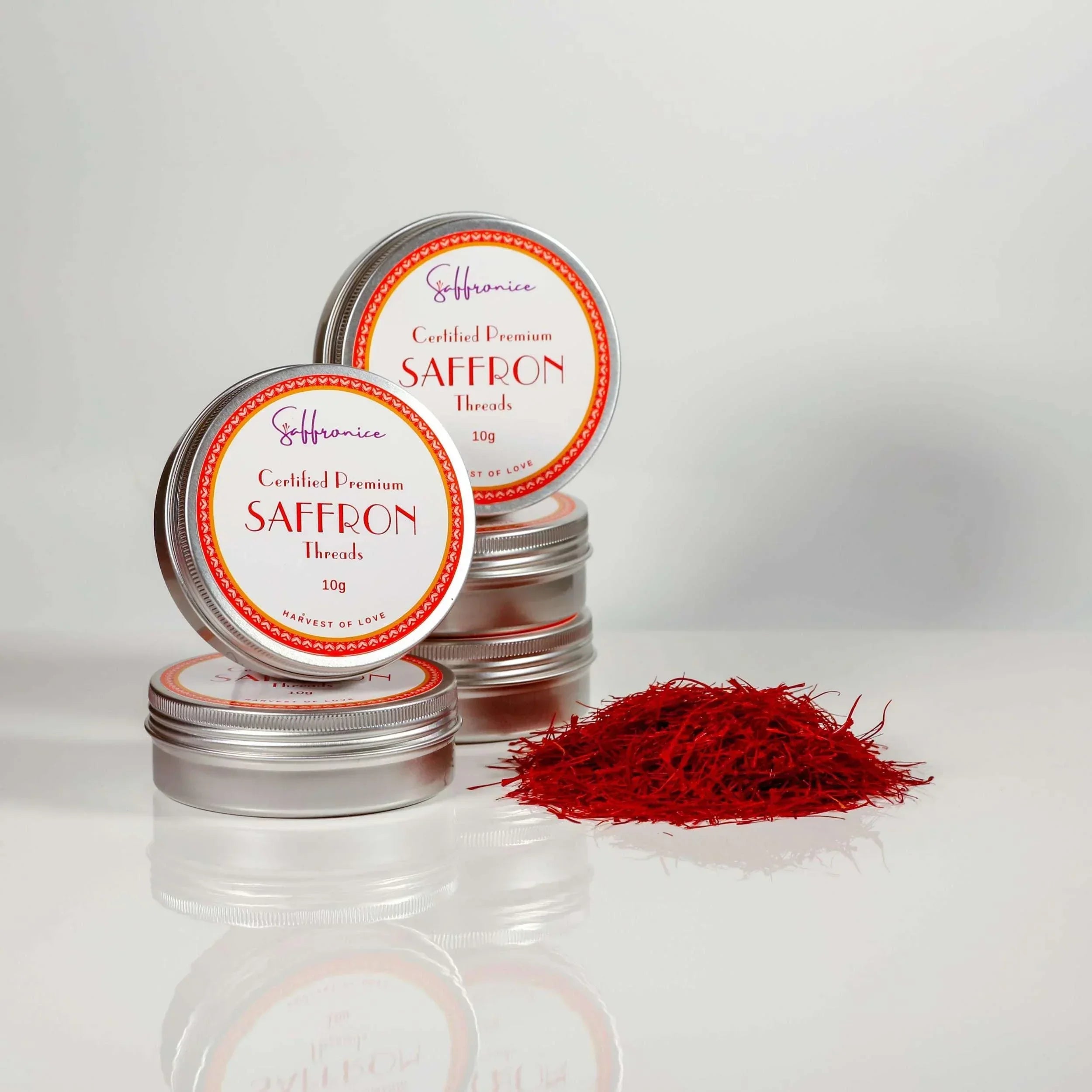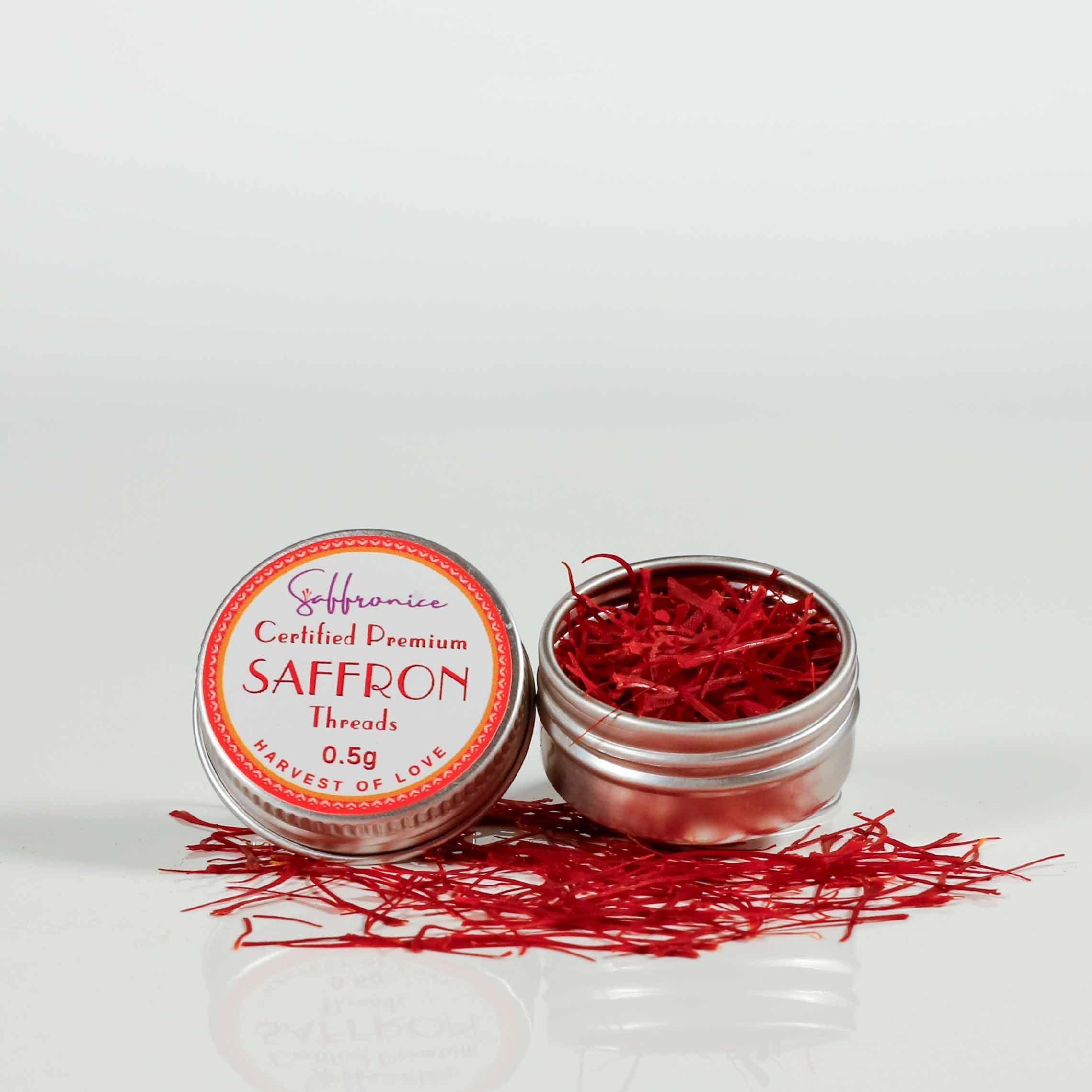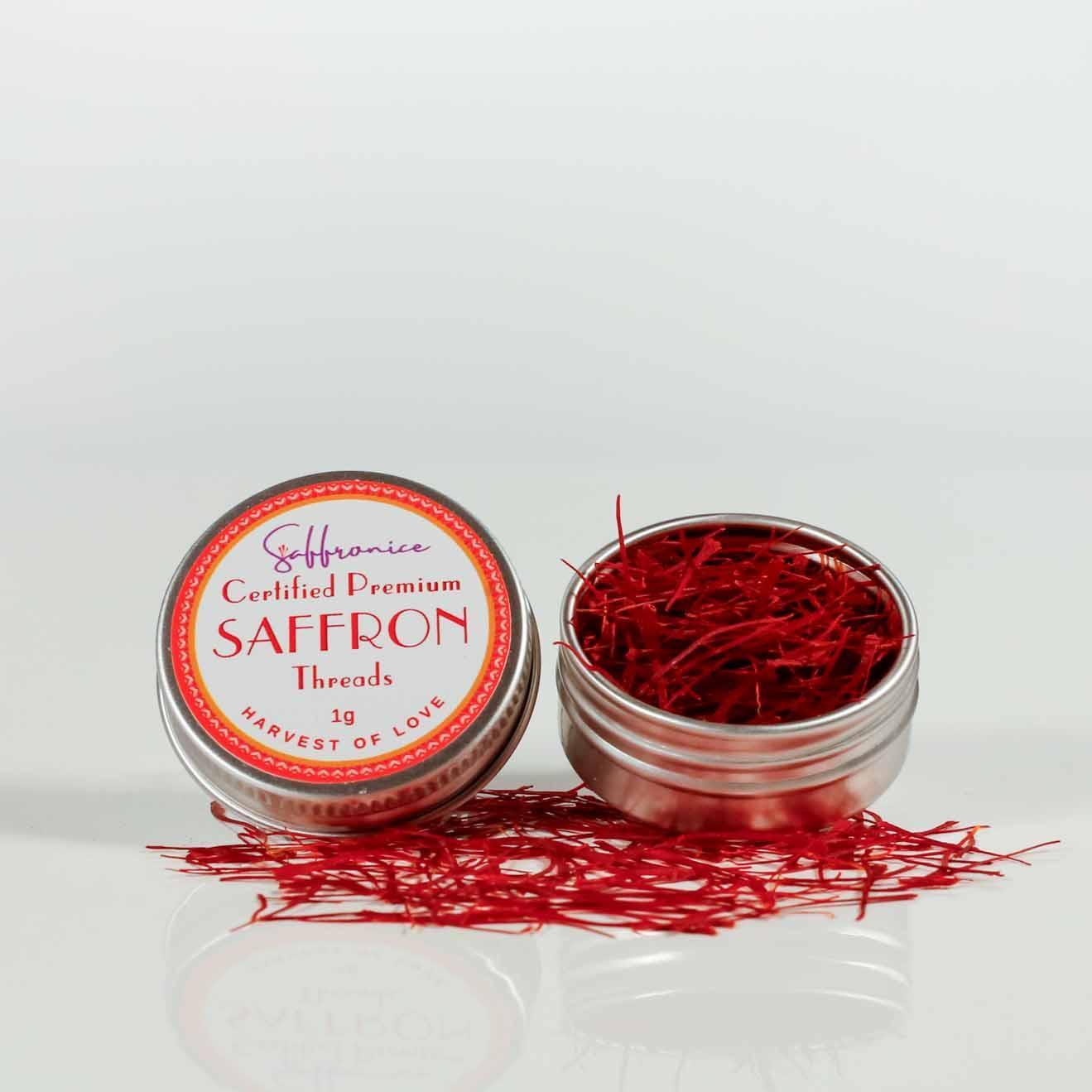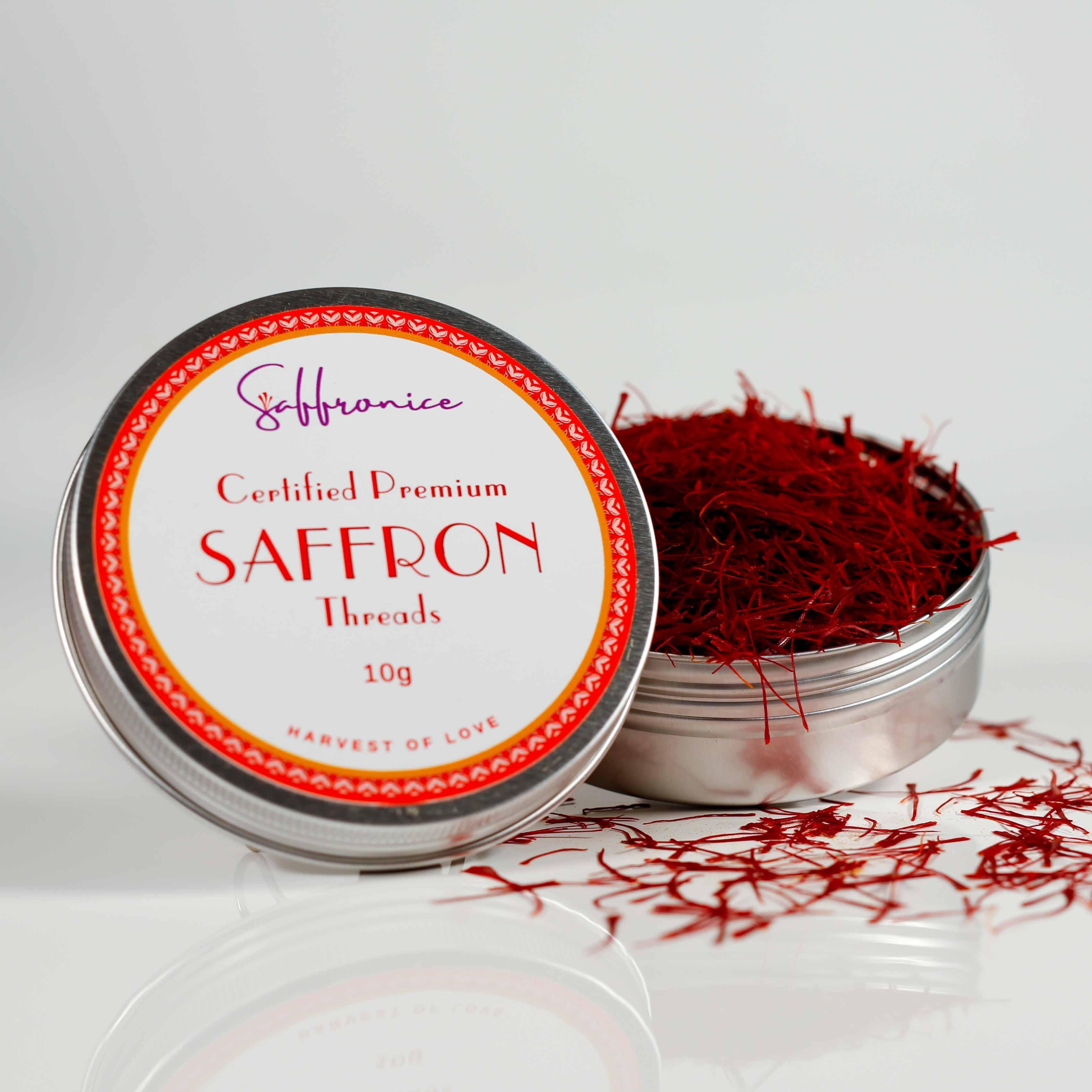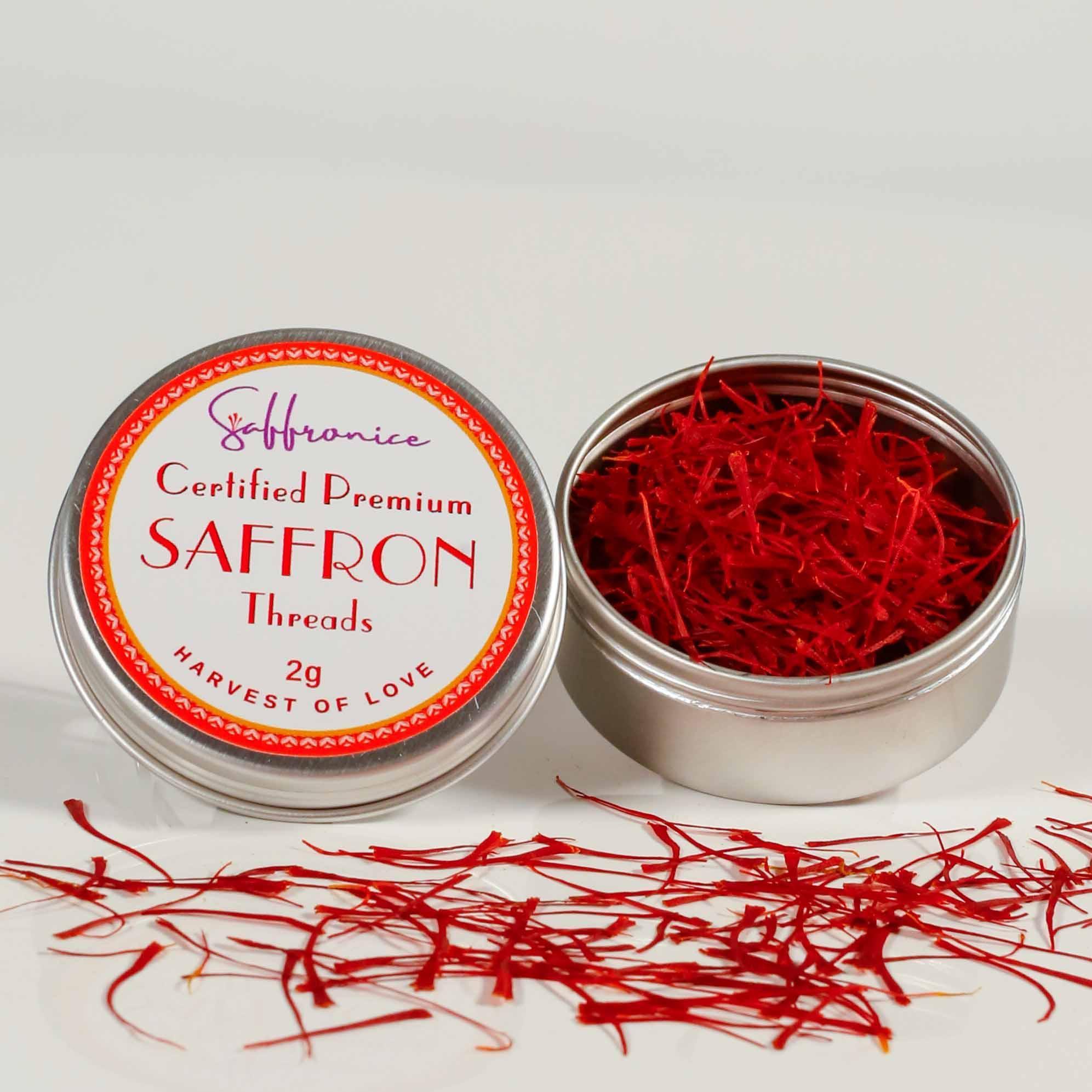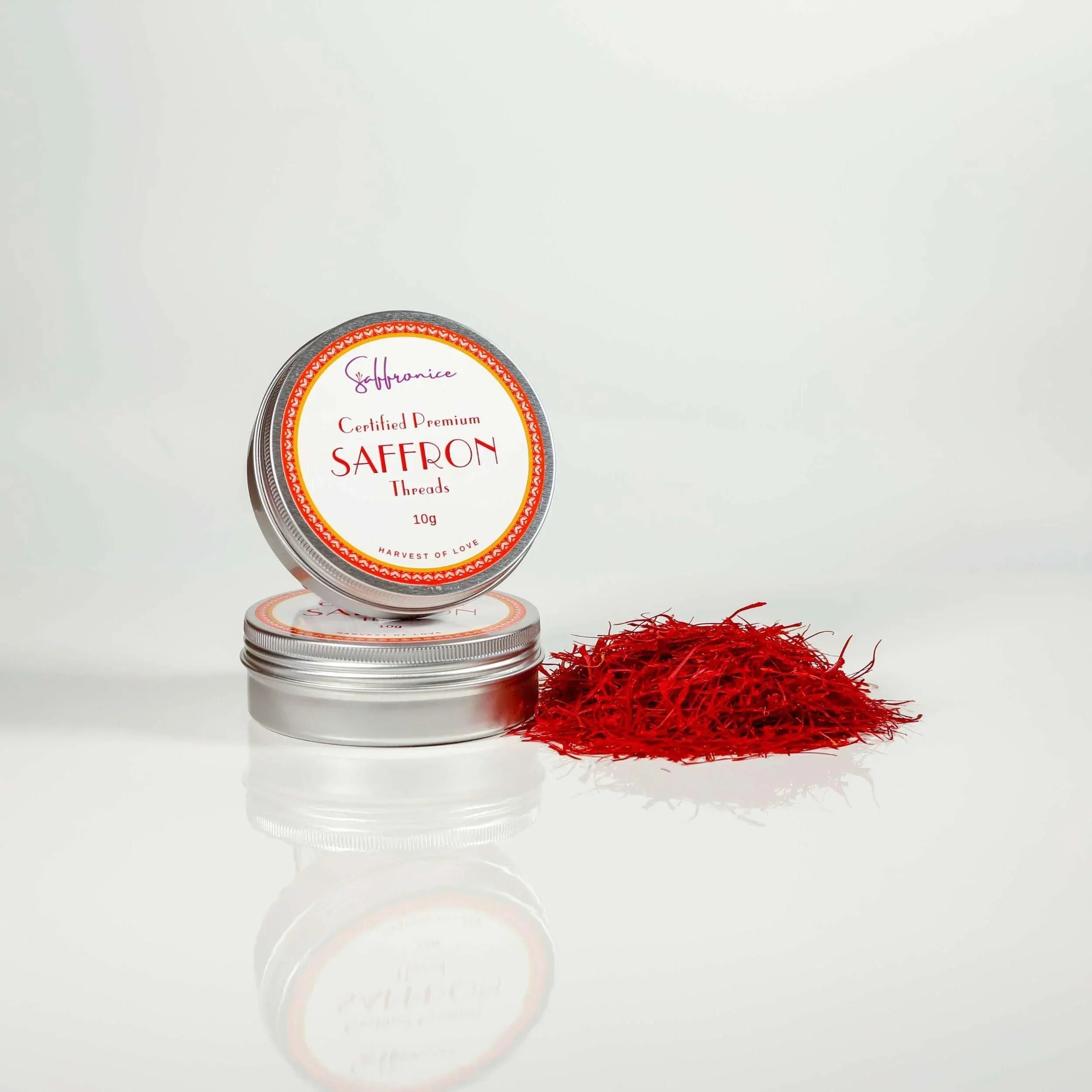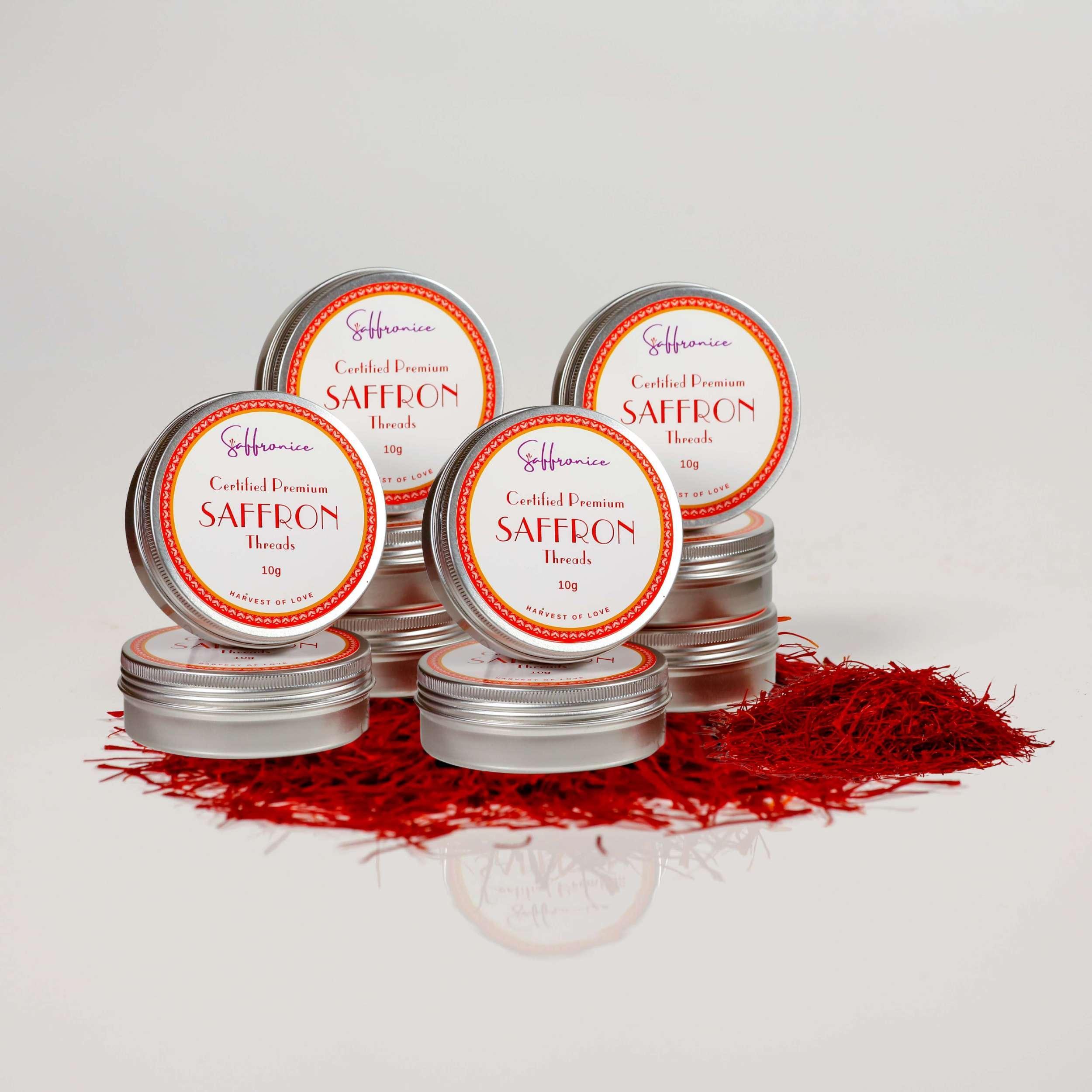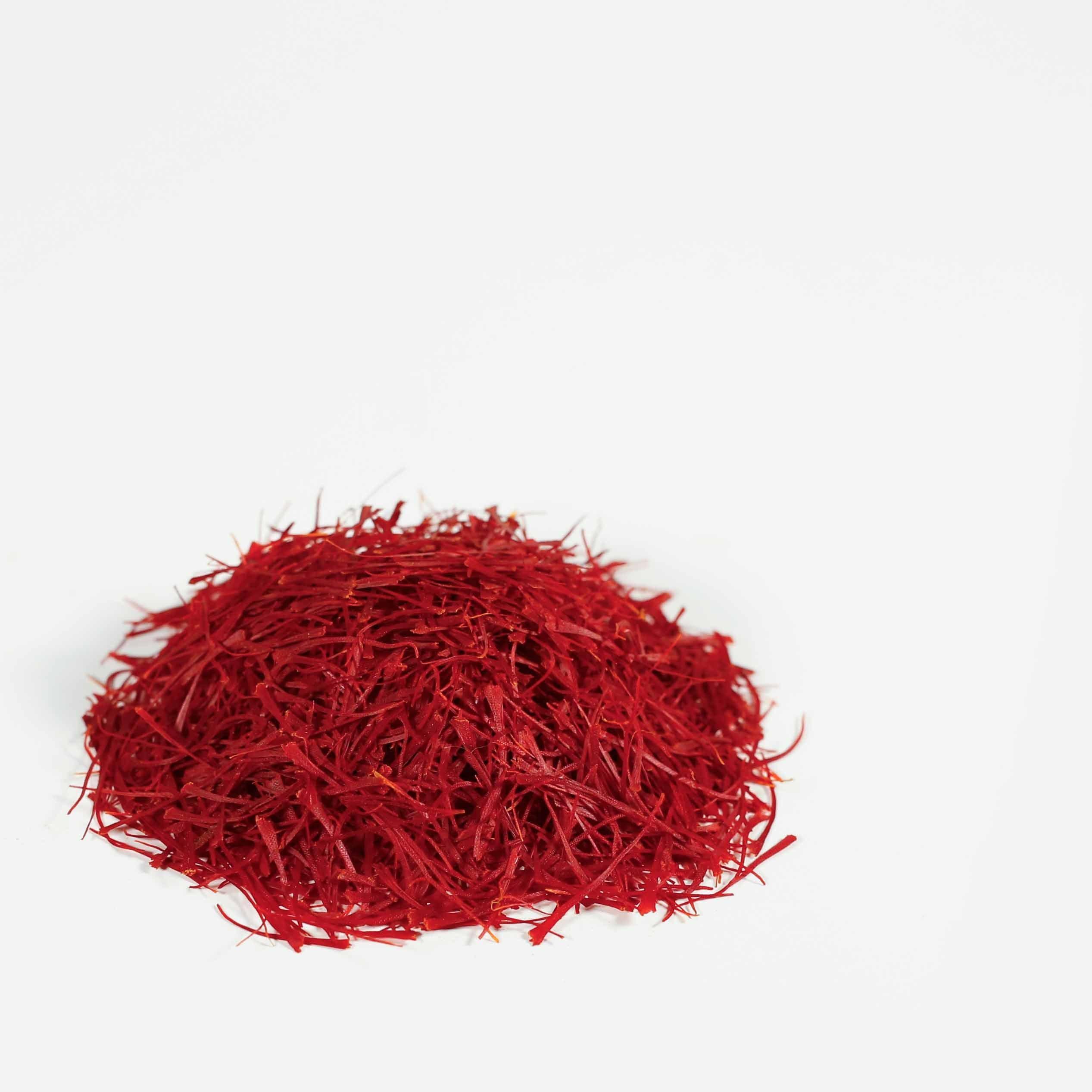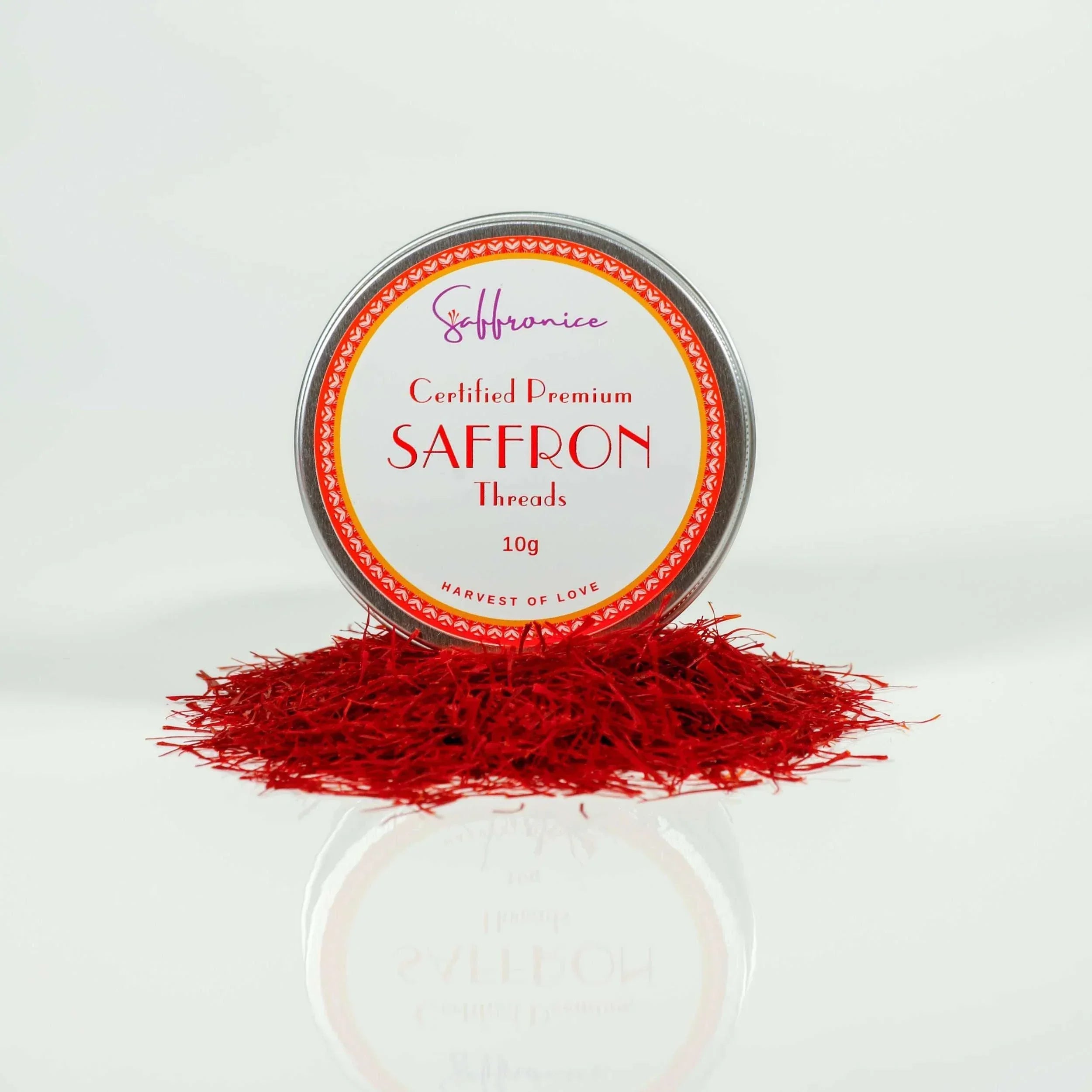Hello and a hearty welcome to all you flavor enthusiasts out there! Are you ready to embark on an aromatic journey through the vibrant world of herbs and spices? Whether you’re a culinary expert or just starting to dabble in the art of cooking, this exploration is for everyone who loves a dash of adventure in their kitchen.
Herbs and spices are not just ingredients; they're like magic wands that transform the simplest meals into extraordinary feasts. They bring color, aroma, and depth to our dishes, creating experiences that tantalize our taste buds and linger in our memories. In this delightful exploration, we'll uncover the secrets behind these tiny yet powerful heroes of the culinary world.
From the sun-kissed fields of oregano to the exotic lands where peppercorns reign supreme, we'll journey through the histories, uses, and benefits of these remarkable ingredients. So, grab your apron and a pinch of curiosity, as we dive into the enchanting and flavorful world of herbs and spices. Get ready to awaken your senses and infuse your cooking with a whole new world of flavors! 🌿🌶️

When we step into the world of culinary delights, the terms 'herbs' and 'spices' often pop up, casting a spell of aroma and flavors over our dishes. But what exactly are they, and how do they differ? This section delves into the fundamental nature of herbs and spices, shedding light on their unique characteristics and roles in cooking.
What are Herbs?
Herbs are typically the leaves of certain plants that are used for their flavor, aroma, and medicinal properties. They are usually derived from plants that don't have a woody stem and can be used fresh or dried. Common examples include basil, parsley, thyme, and mint. Herbs tend to have a more subtle flavor compared to spices and are often used in larger quantities.
What are Spices?
Spices, on the other hand, are derived from other parts of the plant such as seeds, bark, roots, and fruits. They tend to be more potent and concentrated in flavor than herbs. Spices can be used whole or ground into a powder. Classic examples include cinnamon (bark), black pepper (seeds), turmeric (root), and, of course, saffron (stigmas of Crocus sativus flowers).
Key Differences:

- Plant Part: Herbs are usually the leafy green parts of a plant, while spices come from other parts, including roots, bark, seeds, and fruits.
- Flavor Profile: Herbs often have a fresh, soft, and subtle flavor, whereas spices are usually stronger and more intense.
- Usage: Herbs can be used in larger quantities due to their milder flavor, while spices are used sparingly for their concentrated taste.
- Geographical Origin: Historically, herbs have been used worldwide, growing in temperate climates, whereas spices were more exclusive to tropical regions and were often traded at high prices.
The Role in Cooking and Health:
Both herbs and spices play significant roles in cooking, not only adding flavor but also contributing to the health benefits of food. Spices like saffron are renowned for their medicinal properties, including anti-inflammatory and mood-enhancing effects. Herbs, with their diverse range of flavors, add complexity to dishes while also offering various health benefits such as aiding digestion and boosting immunity.
Understanding the difference between herbs and spices is more than a culinary necessity; it's a journey into a world of flavors and health benefits. As you explore recipes, consider the unique contributions of each herb and spice. Remember, the right blend can transform a simple dish into a masterpiece.
The Aromatic Ensemble: Common Herbs & Spices in Your Kitchen
In every kitchen, there are staples - the go-to herbs and spices that bring life to any dish. These common yet versatile ingredients are the unsung heroes of culinary creations. Let's explore some of these popular kitchen companions.
Popular Herbs and Spices:
-
Basil: A must-have in Italian cuisine, basil adds a fresh, peppery flavor to pasta, pizzas, and salads.
-
Oregano: Essential in Greek and Mediterranean cooking, oregano is known for its earthy and slightly bitter taste.
-
Cumin: With its warm and earthy flavor, cumin is a cornerstone in Middle Eastern, Indian, and Mexican dishes.
-
Turmeric: Known for its vibrant yellow hue and subtle earthy flavor, turmeric is a staple in Asian cooking and has notable health benefits.
-
Cinnamon: This sweet and woody spice is versatile, used in both sweet and savory dishes around the world.
-
Black Pepper: The king of spices, black pepper adds a sharp and pungent flavor to virtually any dish.
-
Coriander/Cilantro: The leaves (cilantro) offer a fresh, citrusy taste, while the seeds (coriander) have a warm, nutty, and slightly citrusy flavor, making them versatile in many cuisines, including Latin American, Indian, and Southeast Asian.
-
Paprika: Made from ground sweet red pepper pods, paprika ranges from sweet to smoky in flavor, adding vibrant color and depth to dishes, particularly in Spanish and Hungarian cuisine.
-
Rosemary: With its woody, pine-like aroma and flavor, rosemary is great in Mediterranean dishes, particularly with roasted meats and vegetables.
-
Thyme: Thyme offers a subtle, earthy flavor and is a staple in French, Italian, and Mediterranean cooking, particularly in soups, stews, and marinades.
-
Garlic Powder: A convenient substitute for fresh garlic, garlic powder adds a potent and slightly sweet taste, essential in almost every cuisine worldwide.
-
Ginger: Known for its fiery and fresh flavor, ginger is widely used in Asian, Indian, and Caribbean cooking, both in sweet and savory dishes.
-
Sage: Sage has a strong aromatic flavor with earthy and slightly peppery undertones, commonly used in European and American cooking, especially in stuffing and with fatty meats.
-
Cardamom: A sweet, spicy, and floral spice, cardamom is essential in Indian cuisine and is also used in Scandinavian baking.
-
Nutmeg: With its warm and nutty flavor, nutmeg is a common spice in baking, but it’s also used in savory dishes in Indian, Middle Eastern, and Caribbean cooking.
From Garden to Kitchen: How Herbs & Spices Transform Dishes

The Magic of Herbs and Spices:
The addition of herbs and spices can completely transform a dish. They introduce an array of flavors – from the freshness of basil to the warmth of cinnamon. Herbs often bring a light, aromatic quality, ideal for salads and sauces. Spices, like cumin or saffron, lend depth and complexity, perfect for robust stews and curries.
A Pinch of Health: The Wellness Benefits of Herbs & Spices
Healthful Additions:
-
Turmeric: Known for its anti-inflammatory properties.
-
Ginger: Aids in digestion and has anti-nausea effects.
-
Cinnamon: Can help regulate blood sugar levels.
-
Saffron: Known for mood enhancement and potential antioxidant properties.
-
Garlic: Renowned for its immune-boosting properties, garlic is also beneficial for cardiovascular health and has antimicrobial effects.
-
Peppermint: Often used for its digestive benefits, peppermint can also help alleviate symptoms of IBS and provide relief from indigestion and nausea.
-
Cardamom: Known for its detoxifying properties, cardamom may also aid in lowering blood pressure and has anti-inflammatory effects.
-
Cloves: Rich in antioxidants, cloves can help protect against cancer and liver disease, and have antibacterial properties.
-
Cayenne Pepper: Contains capsaicin, which can boost metabolism, help reduce hunger, and may have pain-relieving properties.
-
Rosemary: Believed to improve concentration and brain function, rosemary also has anti-inflammatory and antioxidant benefits.
Incorporating these healthful herbs and spices into your diet can offer a range of wellness benefits, making your meals not just delicious but also more nutritious. 🍃💪🌿
Global Flavors: Herbs & Spices Around the World
Cultural Culinary Staples:
-
India: Turmeric and cardamom are essential in many curries.
-
Italy: Basil and oregano are fundamental in Italian dishes.
-
Middle East: Saffron and cumin add depth to dishes like biryani and tagines.
Storing and Preserving Your Herbs & Spices
Storage Tips:
-
Keep herbs and spices in airtight containers, away from heat and light.
-
For fresh herbs, wrap them in damp paper towels and store them in the refrigerator.
-
Dried herbs and spices are best used within a year for maximum flavour.
DIY Blends: Creating Your Own Herb & Spice Mixes

Blend It Yourself:
Creating your own herb and spice blends is not just fun, but it also allows you to customize flavors to your taste. Here are some sample blends to get you started:
-
Mediterranean Blend:
- Base: Dried oregano and basil.
- Additions: Garlic powder, rosemary, thyme, and a pinch of sea salt.
- Uses: Perfect for Italian dishes, salad dressings, or sprinkling on grilled vegetables.
-
Warm Indian Spice Mix:
- Base: Ground cumin and coriander.
- Additions: Turmeric, ginger, cardamom, and a hint of cinnamon.
- Uses: Ideal for curries, lentil dishes, or as a marinade for chicken or lamb.
-
Mexican Fiesta Mix:
- Base: Chili powder and cumin.
- Additions: Paprika, garlic powder, onion powder, and oregano.
- Uses: Great for tacos, fajitas, beans, or grilled meats.
-
Middle Eastern Za'atar:
- Base: Sumac and toasted sesame seeds.
- Additions: Dried thyme, oregano, and sea salt.
- Uses: Delicious on flatbreads, mixed with olive oil for a dip, or as a rub for meats.
-
Herb Garden Mix:
- Base: Parsley and thyme.
- Additions: Dried chives, basil, and tarragon.
- Uses: Versatile for soups, salads, and as a seasoning for chicken or fish.
-
Sweet and Spicy BBQ Rub:
- Base: Paprika and brown sugar.
- Additions: Garlic powder, onion powder, cayenne pepper, and a touch of ground mustard.
- Uses: Ideal for ribs, pork, and grilled chicken.
-
Soothing Herbal Tea Blend:
- Base: Dried chamomile and lavender.
- Additions: Peppermint leaves, lemon balm, and a sprinkle of cinnamon.
- Uses: Perfect for a relaxing evening tea.
Tips for Creating Your Own Blends:
- Start with a small batch to adjust the flavors to your liking.
- Toast whole spices before grinding them to intensify their flavors.
- Remember to label your blends with the date, so you know when they were made.
- Store your blends in airtight containers away from light and heat.
By experimenting with your own herb and spice blends, you can discover new flavors and personalize your cooking. These blends not only add depth to your dishes but also allow you to control the ingredients, ensuring they are fresh and free from additives. Happy blending! 🌿🌶️🥣
Saffron: The Crown Jewel Among Spices

The Luxury of Saffron:
Saffron, known for its exquisite flavour and vibrant colour, is a prized ingredient in many cuisines. At Saffronice, we specialise in providing the highest quality saffron, perfect for elevating any dish from ordinary to extraordinary.
Elevating Everyday Meals with Herbs & Spices
Final Thoughts:
Herbs and spices are the essence of cooking. They can elevate everyday meals into a culinary adventure. We encourage you to experiment with these flavours and discover the magic they can bring to your kitchen.
learn more about Saffron Basics




